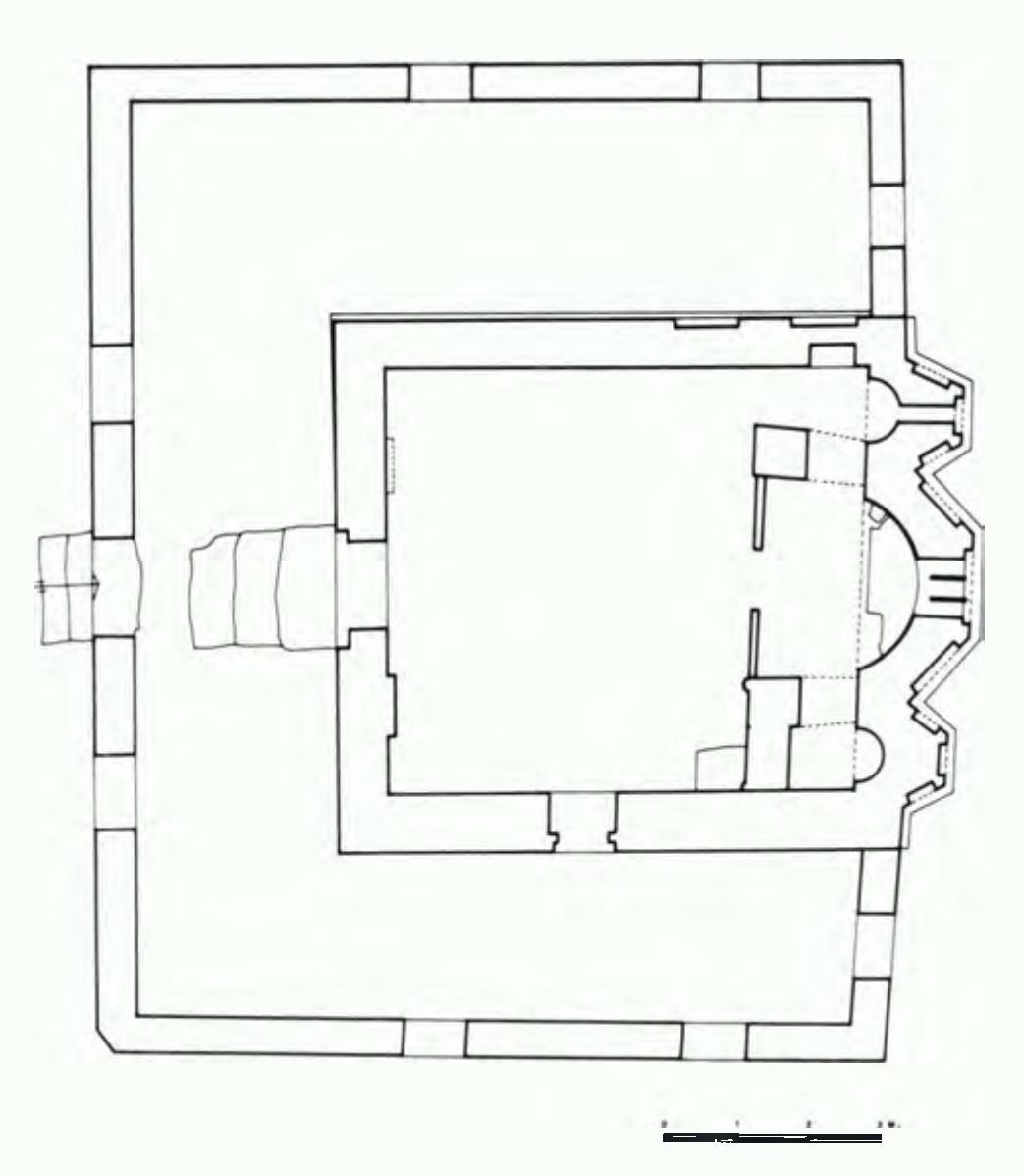Επίσκεψη
ΙΕΡΟΣ ΝΑΟΣ ΑΓΙΩΝ ΚΗΡΥΚΟΥ ΚΑΙ ΙΟΥΛΙΤΤΑΣ, 14ος – 16ος αι. / SAINTS CYRICUS AND JULITTA, 14th – 16th c.
Ο ναός των Αγίων Κηρύκου και Ιουλίττας στη σωζόμενη μορφή του είναι μονόχωρος, με τρεις προεξέχουσες κόγχες στα ανατολικά και τρίπλευρο περίστωο. Σύμφωνα με την πλίνθινη κτητορική επιγραφή του επισκόπου Μακαρίου στην κόγχη του ιερού και των σχετιζόμενων με αυτήν στοιχείων, το κτίσμα, ίδρυμα πιθανόν των μέσων του 14ου αι., υπήρξε καθολικό μονής. Αποτέλεσε το μοναδικό σταυροειδή εγγεγραμμένο με τρούλο ναό της Βέροιας και δέχθηκε διάφορες ανακατασκευές, κυρίως στον 16ο αι. Ο ναός διατηρεί τμήματα της αρχικής του διακόσμησης στην πρόθεση, καθώς και τοιχογραφικό στρώμα του 15ου αι. στις εξωτερικές επιφάνειες του δυτικού και νότιου τοίχου του, ενώ στο σύνολό του κοσμείται με τοιχογραφίες του 1589, που έγιναν με τη συνδρομή του άρχοντα κυρ Κωστή. Διασώζει επίσης, το αρχικό μαρμάρινο τέμπλο με μεταγενέστερο ξύλινο αποστολικό. Η παράσταση του Χριστού που ευλογεί τους τιμώμενους αγίους Κήρυκο και Ιουλίττα σε ψευδοαρκοσόλιο που φράσσει το άνοιγμα του διακονικού προς τον κυρίως ναό, θυμίζει ανάλογη διαμόρφωση τυφλών αψίδων σε μονόχωρους ναούς της Μακεδονίας με την απεικόνιση του αγίου ή της εορτής που είναι αφιερωμένος ο ναός.
The church of Saints Cyricus and Julitta, in its surviving form, is a single-naved building, with three prominent niches and an ambulatory. According to the brick inscription of the donor , bishop Makarios, found in the apse of the sanctuary and the information related thereto, the edifice, possibly founded in the mid-14th c., was the catholicon of a monastery. It was the sole domed cross-in-square church in Veria, and underwent several reconstructions, mainly in the 16th c. The church retains parts of its original decoration in the prothesis, a 15th-c. layer also survives on the external façades of the western and southern walls, while it boasts mural paintings throughout the church dating back to 1589, created under the patronage of lord Kostis. The original marble iconostasis of the church with a later wooden iconostasis depicting the Apostles are also preserved. The depiction of Christ blessing the honoured saints Cyricus and Julitta in a pseudo-arcosolium blocking the opening of the diaconicon to the main church is reminiscent of similar blind arches, found in single-naved churches throughout Macedonia, depicting the saint to whom or the feast to which the church is dedicated.
